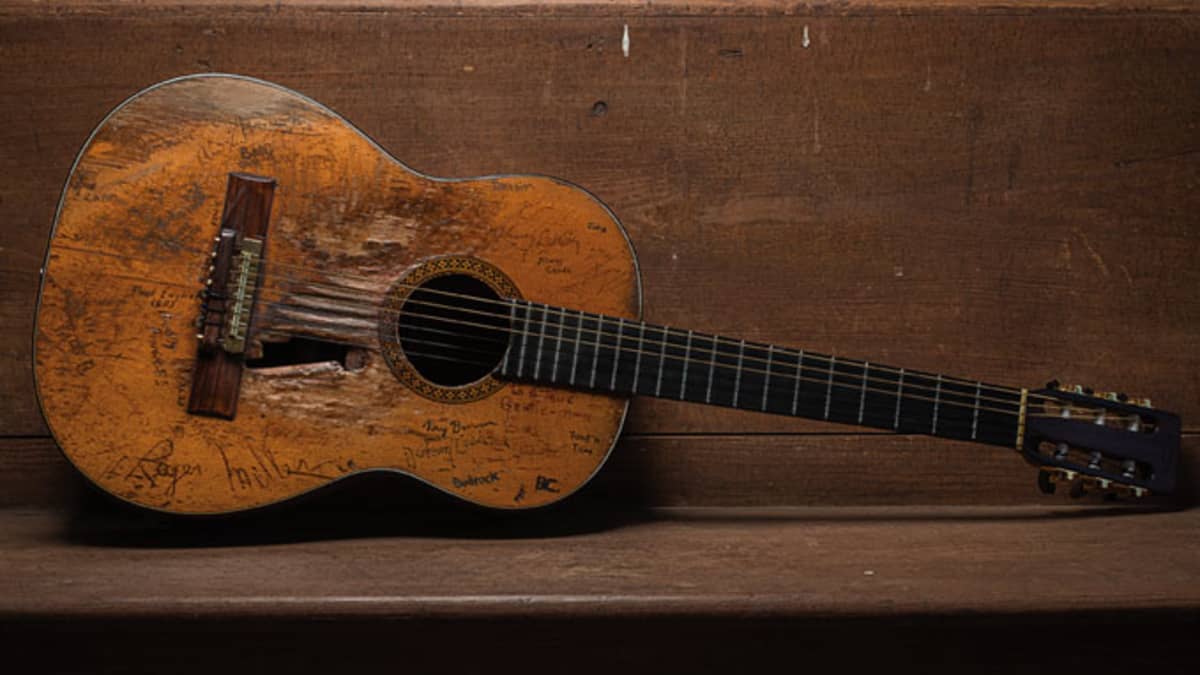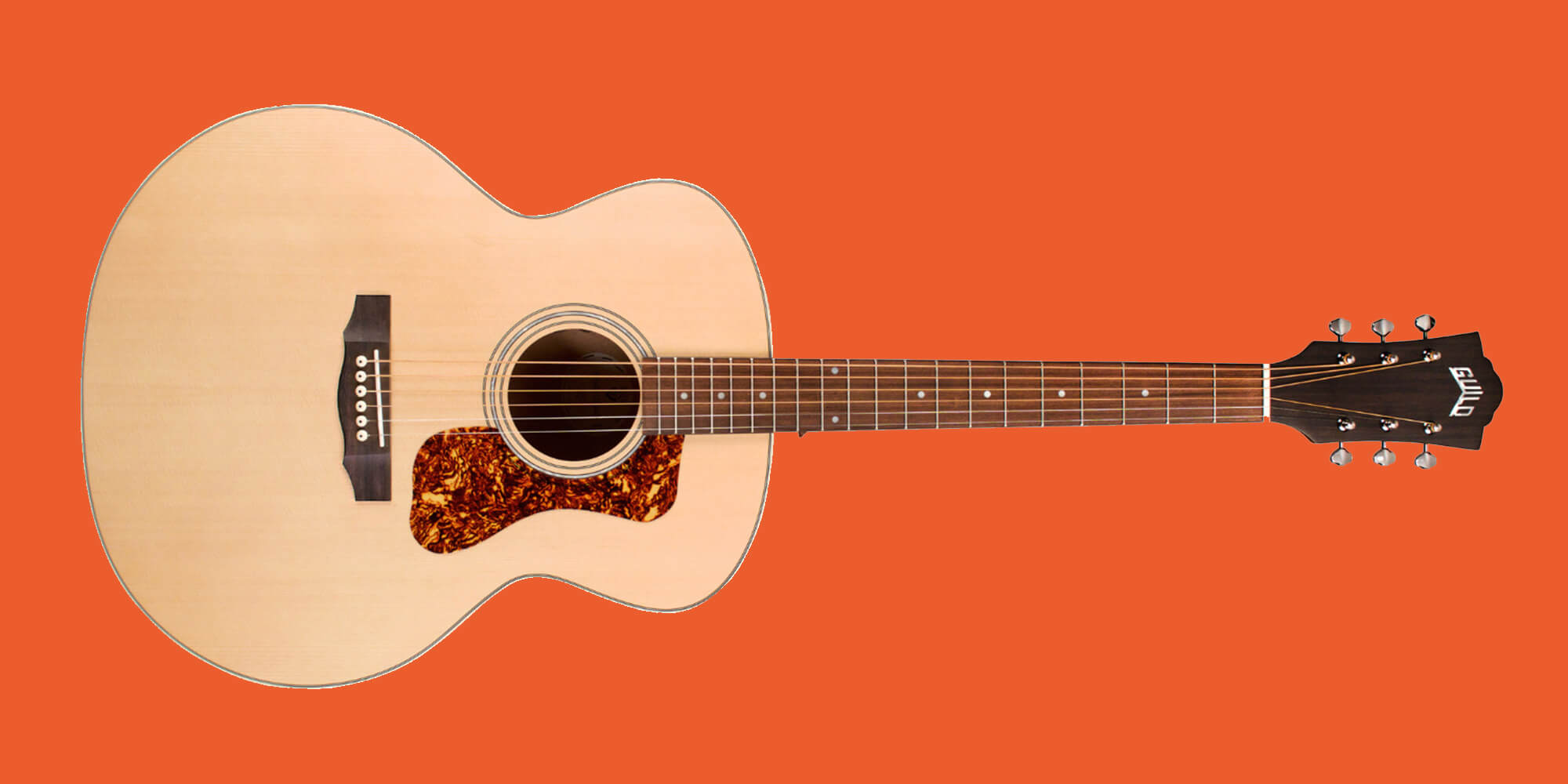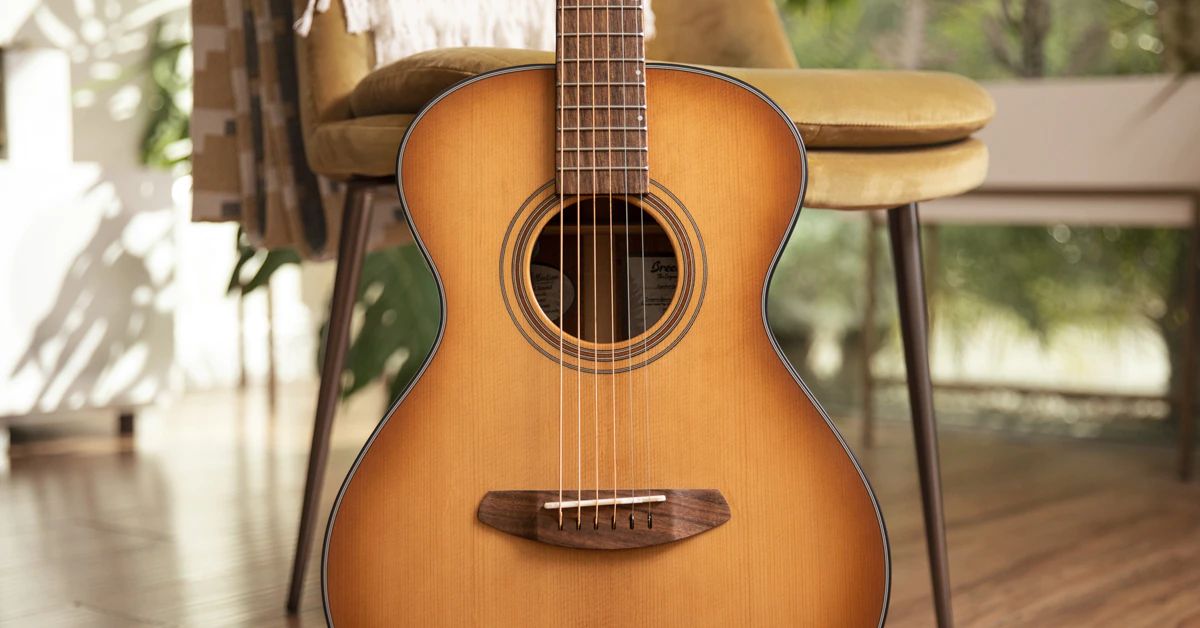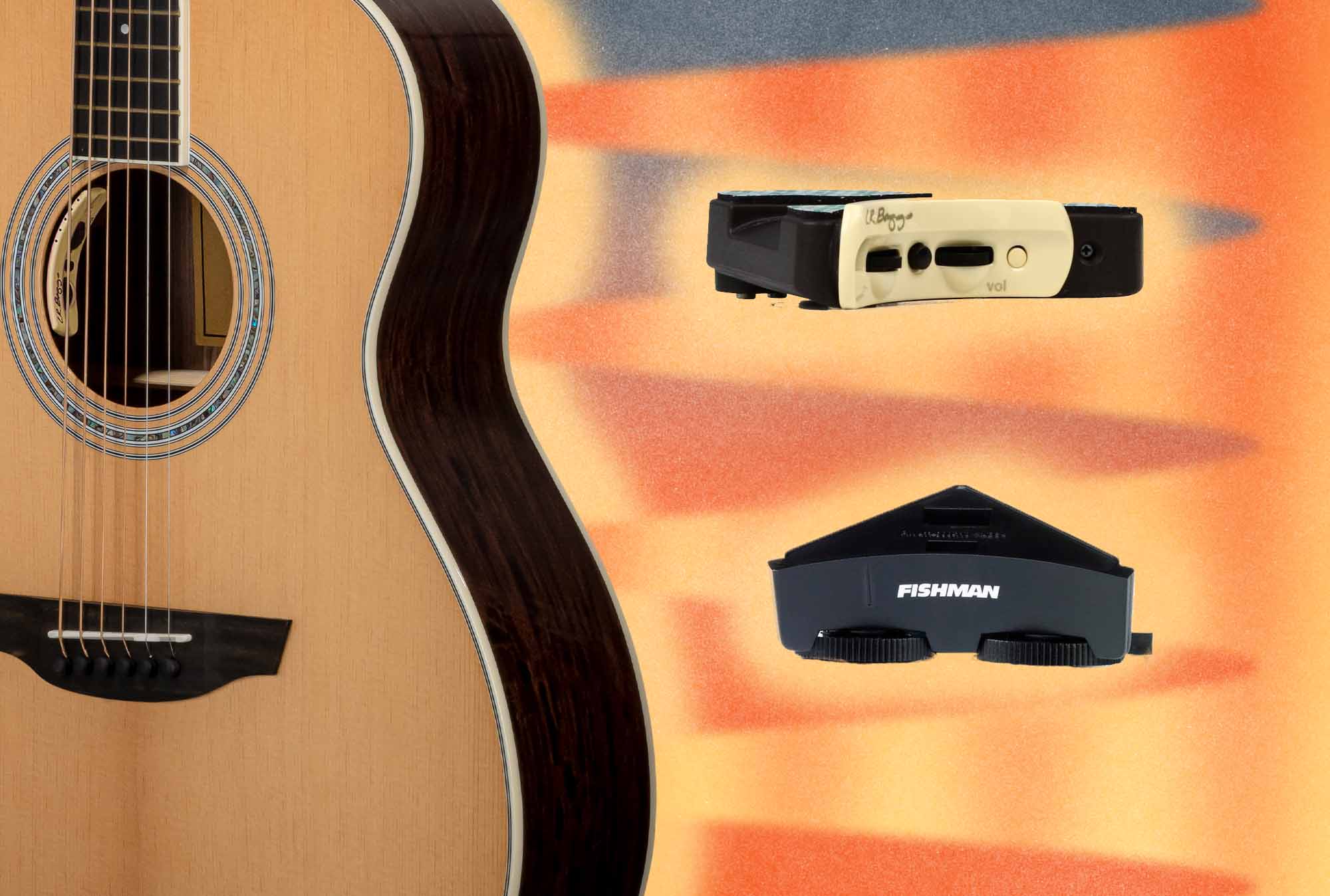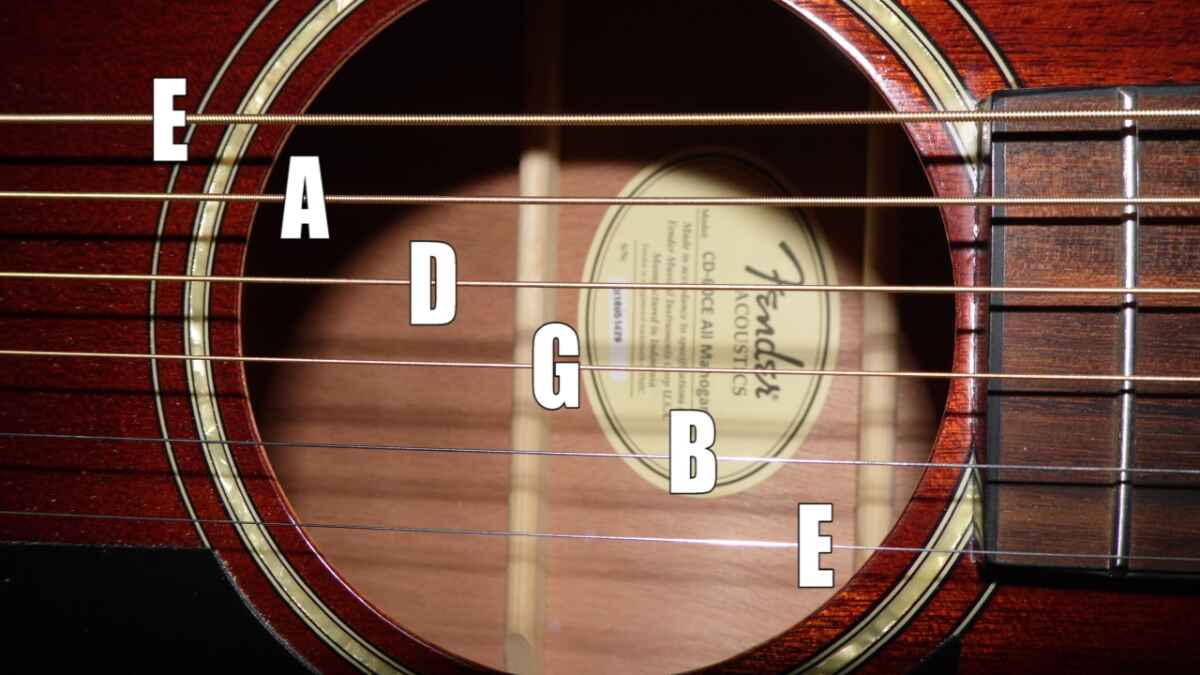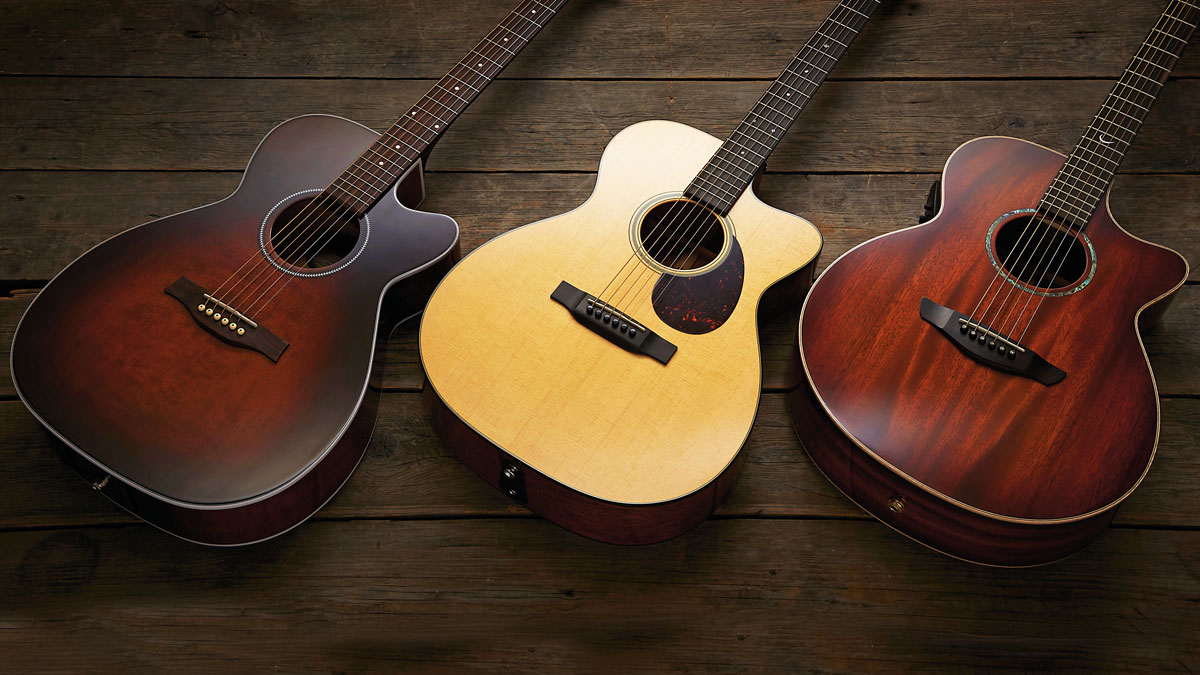Choosing the Right Strings
When it comes to enhancing the sound of your acoustic guitar, selecting the right strings can make a world of difference. The type of strings you choose can significantly impact the tone, playability, and overall sound quality of your instrument. Here are some essential factors to consider when choosing the right strings for your acoustic guitar:
- Gauge: The gauge of a string refers to its thickness. Lighter gauge strings are generally easier to play and bend, making them ideal for beginners and those who prefer a more effortless playing experience. On the other hand, heavier gauge strings produce a fuller, more resonant tone, making them suitable for players who prioritize rich, robust sound.
- Material: Strings are commonly made from various materials, including bronze, phosphor bronze, and silk and steel. Each material offers distinct tonal characteristics, with bronze strings delivering bright and crisp tones, phosphor bronze strings offering a warmer, more balanced sound, and silk and steel strings providing a mellow, soft tone.
- Coating: Coated strings feature a thin layer of protection, typically made of polymer, that helps prolong their lifespan by shielding them from dirt, oil, and moisture. Coated strings are known for their extended durability and retained tone, making them an excellent choice for players seeking long-lasting performance.
By carefully considering these factors and experimenting with different string options, you can tailor the sound of your acoustic guitar to suit your preferences and playing style. Whether you prioritize playability, tone, or longevity, choosing the right strings is a crucial step in optimizing the sound quality of your instrument.
Adjusting the Action
One of the most effective ways to improve the sound and playability of an acoustic guitar is by adjusting its action. The action of a guitar refers to the height of the strings above the fretboard, which directly impacts the ease of playing and the overall sound quality. Here are some key aspects to consider when adjusting the action of your acoustic guitar:
- Truss Rod Adjustment: The truss rod, located inside the guitar’s neck, allows for the adjustment of neck relief, which affects the curvature of the neck. By carefully adjusting the truss rod, players can optimize the action of the guitar, ensuring that the strings are neither too high nor too low above the fretboard.
- Saddle Height: The saddle, located on the bridge of the guitar, plays a crucial role in determining the action. By carefully adjusting the saddle height, players can fine-tune the action to achieve their desired playability and sound. Lowering the saddle can result in a lower action, making the guitar easier to play, while raising it can enhance the volume and projection of the instrument.
- Nut Height: The nut, located at the top of the fretboard, also influences the action of the guitar. Ensuring that the nut slots are properly filed to the correct depth can help maintain consistent string height across the fretboard, contributing to improved playability and intonation.
By making precise adjustments to the truss rod, saddle height, and nut height, players can customize the action of their acoustic guitar to achieve optimal playability and sound quality. Whether seeking a lower, more comfortable action for intricate fingerstyle playing or a higher action for increased volume and resonance, fine-tuning the action can significantly enhance the overall performance of the instrument.
Upgrading the Nut and Saddle
Upgrading the nut and saddle of an acoustic guitar can have a profound impact on its tone, sustain, and overall playability. The nut and saddle, both crucial components of the guitar’s bridge, directly influence the transfer of vibrations from the strings to the body of the instrument. By upgrading these components, players can unlock new sonic possibilities and improve the overall performance of their acoustic guitar. Here are key considerations when upgrading the nut and saddle:
- Material: The material of the nut and saddle can significantly impact the tone and sustain of the guitar. While traditional acoustic guitar nuts and saddles are often made of bone or synthetic materials, upgrading to high-quality bone, ivory, or advanced composite materials can enhance the clarity, resonance, and sustain of the instrument.
- Fitting and Intonation: Ensuring that the nut and saddle are precisely fitted to the guitar and properly intonated is essential for optimizing the instrument’s playability and tonal characteristics. Proper fitting and intonation can contribute to improved tuning stability, intonation accuracy, and overall tonal balance across the fretboard.
- Customization: Upgrading the nut and saddle presents an opportunity for customization, allowing players to tailor the guitar’s action, string spacing, and overall feel to their preferences. Customizing these components can result in a more comfortable playing experience and better accommodate specific playing styles.
By upgrading the nut and saddle with high-quality, precisely fitted components, players can elevate the sonic potential of their acoustic guitar, achieving enhanced clarity, sustain, and responsiveness. Whether aiming to achieve a more balanced tonal spectrum, improved string-to-string clarity, or heightened resonance, upgrading the nut and saddle can unlock new levels of performance and sonic richness in the instrument.
Using a Quality Guitar Pick
Choosing the right guitar pick can significantly impact the tone, attack, and overall playability of an acoustic guitar. While often overlooked, the pick plays a crucial role in shaping the sound and articulation of the instrument. Whether strumming chords or picking individual notes, using a quality guitar pick can enhance the tonal characteristics and expressiveness of the guitar. Here are key considerations when selecting and using a guitar pick:
- Material: Guitar picks are available in various materials, including plastic, nylon, celluloid, and even metal. Each material offers distinct tonal properties and playing feel. Experimenting with different pick materials can help players discover the ideal pick that complements their playing style and tonal preferences.
- Gauge and Shape: Picks come in different gauges, ranging from thin and flexible to thick and rigid. Additionally, picks are available in a variety of shapes, such as standard teardrop, jazz, and triangle shapes. The gauge and shape of the pick can influence the attack, dynamics, and tonal response of the guitar, allowing players to tailor their sound to suit a wide range of musical styles.
- Technique Enhancement: Using a quality guitar pick can facilitate improved technique and precision, enabling players to achieve greater control and articulation. Whether executing intricate fingerstyle patterns or delivering powerful strumming, the right pick can empower players to express themselves with enhanced clarity and dynamics.
By carefully selecting a guitar pick that aligns with their tonal goals and playing style, players can unlock new sonic possibilities and elevate their performance. Whether seeking a warmer, more rounded tone for fingerpicking or a brighter, more aggressive attack for strumming, using a quality guitar pick is a simple yet impactful way to shape the sound and feel of an acoustic guitar.
Properly Hydrating the Guitar
Properly maintaining the moisture levels of an acoustic guitar is essential for preserving its structural integrity, playability, and tonal characteristics. Wood, the primary material used in crafting acoustic guitars, is sensitive to changes in humidity and temperature. Without adequate moisture levels, the wood can become susceptible to warping, cracking, and other forms of damage. Here are important considerations for properly hydrating an acoustic guitar:
- Humidification: Using a guitar humidifier is an effective way to regulate the moisture levels within the instrument, especially in dry or arid climates. Placing a humidifier inside the guitar’s case helps maintain an optimal humidity level, preventing the wood from drying out and potentially developing cracks or structural issues.
- Storage Environment: Storing the guitar in a stable environment with consistent humidity levels is crucial for preventing moisture-related damage. Avoiding extreme temperature fluctuations and prolonged exposure to direct sunlight can help preserve the guitar’s structural stability and tonal integrity.
- Regular Monitoring: Periodically checking the guitar’s moisture levels and making necessary adjustments is essential for long-term maintenance. Using a hygrometer to measure the humidity inside the guitar’s case allows players to ensure that the instrument is consistently exposed to a suitable environment.
By proactively addressing the moisture needs of an acoustic guitar, players can safeguard the instrument against potential damage and ensure that it maintains its optimal playability and tonal richness. Properly hydrating the guitar not only contributes to its longevity but also helps preserve its inherent beauty and sonic character, allowing players to enjoy its musical potential for years to come.
Regularly Cleaning and Maintaining the Guitar
Regular cleaning and maintenance are crucial for preserving the condition, playability, and aesthetic appeal of an acoustic guitar. By implementing a consistent care routine, players can prolong the instrument’s lifespan and ensure that it continues to deliver optimal sound quality. Here are essential practices for cleaning and maintaining an acoustic guitar:
- String and Fretboard Cleaning: Regularly wiping down the strings and fretboard with a clean, dry cloth can help remove dirt, sweat, and residue, preventing buildup that can affect playability and tone. Additionally, using a specialized fretboard conditioner can hydrate the wood and protect it from drying out.
- Body and Finish Care: Using a dedicated guitar polish or cleaner, players can gently clean the guitar’s body and finish, removing smudges, fingerprints, and other blemishes. Proper care not only maintains the instrument’s visual appeal but also safeguards the wood and finish from potential damage.
- Hardware Inspection and Adjustment: Periodically inspecting and adjusting the guitar’s hardware, including tuning machines, bridge pins, and strap buttons, can help address any issues related to functionality, stability, and overall performance. Tightening loose hardware and addressing minor adjustments can contribute to a consistently reliable playing experience.
By incorporating regular cleaning and maintenance into their guitar care routine, players can uphold the instrument’s structural integrity, playability, and aesthetic allure. Consistent care not only ensures that the guitar remains in optimal condition but also reflects the player’s commitment to preserving its enduring beauty and sonic excellence.
Experimenting with Different Playing Techniques
Exploring diverse playing techniques can open up new sonic possibilities and expand the expressive range of an acoustic guitar. By embracing various approaches to playing, musicians can uncover unique tones, textures, and musical nuances, ultimately enriching their musical expression. Here are key aspects to consider when experimenting with different playing techniques:
- Fingerstyle Versatility: Embracing fingerstyle playing allows guitarists to evoke rich, intricate textures and melodic complexity. By using individual fingers to pluck the strings, players can achieve nuanced dynamics and explore a wide spectrum of tonal colors, making fingerstyle an ideal technique for crafting emotive, introspective musical landscapes.
- Dynamic Strumming and Picking: Varying the intensity and direction of strumming and picking can yield diverse tonal characteristics and rhythmic textures. From gentle, ethereal strumming to percussive, driving rhythms, adjusting the dynamics of strumming and picking techniques enables players to convey a range of emotions and musical moods.
- Percussive and Tapping Techniques: Incorporating percussive elements and tapping techniques can add rhythmic complexity and percussive accents to acoustic guitar arrangements. By integrating percussive hits, slaps, and tapping patterns, players can infuse their music with rhythmic vitality and create captivating, multi-layered performances.
By embracing a spirit of exploration and creativity, guitarists can expand their musical vocabulary and develop a distinctive voice on the instrument. Experimenting with different playing techniques not only broadens the sonic palette of the acoustic guitar but also empowers musicians to convey their artistic vision with depth and authenticity.







